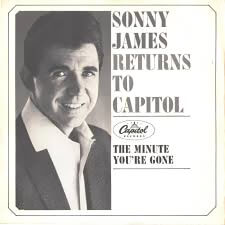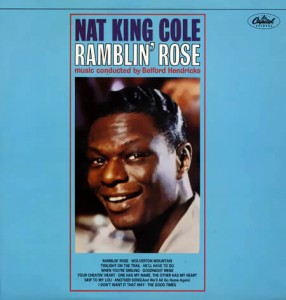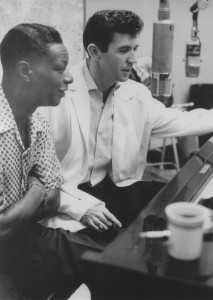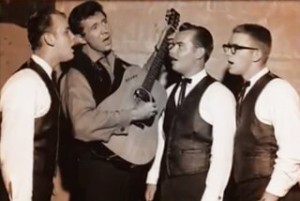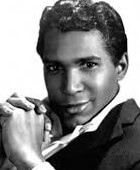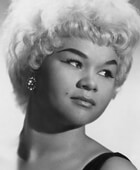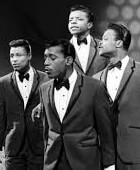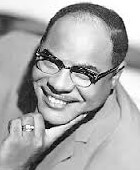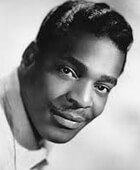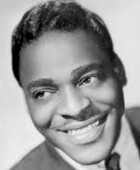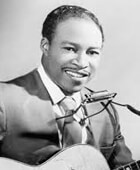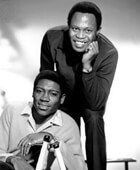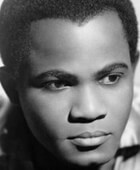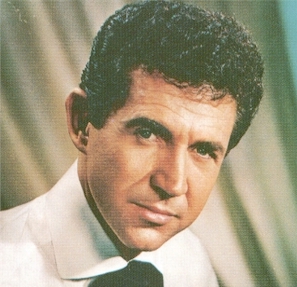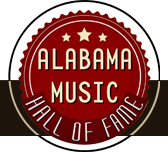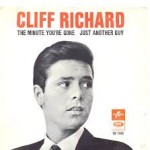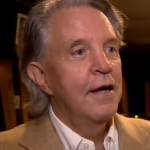1963 – THE BEGINNING OF AN ERA
1963 ushered the return of Sonny James back to Capitol Records. His initial departure from Capitol had occurred in 1959 as he continued to seek an identifiable sound and style for himself following the massive success of “Young Love”. That sound would soon arrive and over the next decade Sonny James would experience twenty-two #1 country singles and an uninterrupted legendary streak of sixteen consecutive #1 singles in a row.
Signing once again with Capitol Records, his first release in 1963 would be the first recording of a song entitled “The Minute You’re Gone” and it immediately found significant success and reached #9 on the country singles chart and #95 on the American pop chart. But the story behind how this original song written by Jimmy Gately, a Nashville, Tennessee based fiddle player and singer, would set the future foundation for James and how he would immediately begin to create hit after subsequent hit leading to the greatest streak of #1’s the music industry has ever seen by a solo artist is a story unto itself.
THE BACK STORY
In 2014 while sitting down with Sonny for one of our somewhat regular visits to go over updates he might have for this website plus some laughs as Sonny shared old stories, he casually gifted me a photo of himself and Nat King Cole and stated it was a photo from a time the two had spent together at Capitol Studios in Hollywood.
When lifelong friend Sonny James gives you a photo of himself with Nat King Cole in the studio in Hollywood, having never before mentioned this, you certainly take notice. Yet after we met that day I began to learn more and more about the poignant influence Cole provided in additional conversations held with Sonny and others which would reveal this point in history as being the fountainhead to Sonny’s enormous success. It’s important to realize Capitol Records, which began in 1942, relied on the subsequent success of Nat King Cole as he was a substantial part Capitol’s success to such an extent that the Capitol Records Tower in Los Angeles is also commonly known as “The House That Nat Built”. Cole was literally and figuratively the heart and soul of Capitol’s established brand throughout the 1950’s as they became one of the preeminent record labels across a wide variety of genres.
FROM HOLLYWOOD TO HOME
For a period of time beginning around 1960, Sonny and his wife Doris had moved west and were living in Hollywood. Sonny spent his time writing, finding songs and recording at Capitol studios as well as nurturing other industry relationships. Yet for the sacrifices being made to try and create a new more sustainable music career for himself – his work was ongoing. By late 1962 they left Hollywood not certain of what the future held and moved back home to Hackleburg, Alabama. One of the final pieces of work Sonny completed while living in Hollywood was released on DOT Records. A song written by Sonny titled “The Only Cure” was recorded on October 25, 1962 at the Gold Star Recording Studios in Hollywood, California.
Sonny & Doris returned to Alabama in the late Fall of 1962. Although Nat King Cole had already released a Capitol Records album containing a number of known country songs entitled “Ramblin Rose” in the summer of 1962, the title track was a production which for the first time presented a full multi-vocal sound right from the first measure, which made the song immediately identifiable to listeners. The song garnered great success for both Cole and Capitol selling well over a million copies.
THE “COLE”ABORATION
During the early months of 1963 Capitol and Ken Nelson brought Sonny back to Hollywood in order to have him collaborate directly with Nat King Cole and work out a deeper musical approach and production understanding of how Cole had arranged and recorded “Ramblin Rose” and let Sonny know that if he could find an original song and record it with the same qualities for Country Music that new opportunities awaited for him at Capitol.
Both Cole and Capitol certainly knew the “Ramblin Rose” approach to the right song was a formula for making hit records at that time but it seems they also knew it was a formula Cole himself could not fully adopt because it would redefine him as an artist and nobody was going to redefine the style of Nat King Cole, nor should they.
Because Nat and Sonny were both born and raised in Alabama, their kinship was natural. Nat was also a hands-down favorite singer of Sonny’s father as well as himself and had been for many years. Energized and immediately following this collaborative effort Sonny returned to Nashville to begin his search for “the” song Capitol wanted him to find.
Sonny James and Nat King Cole in studio early 1963. Image released for first time here in the Fall of 2015.
SEARCH FOR THE SONG & THE SOUND
Back in Nashville, Sonny began reaching out to others he trusted to aid in his search for material. When Jimmy Gately’s “The Minute You’re Gone” was found, Sonny knew it held the hope he was looking for. Sonny then called upon the artist and arranger Ray Stevens to come and sit at his kitchen table and the two worked out the arrangement to Sonny’s delight. Sonny was soon back in the studio with Ken Nelson producing “The Minute You’re Gone” in the same studio in Nashville where he had recorded “Young Love”.
Upon it’s release “The Minute You’re Gone” was promoted as “Sonny James Returns To Capitol” and would reach #9 on the country singles chart and #95 on the American pop chart. The success let Sonny know he had found what he and Capitol were looking for. Additional similar songs began to be sought.
THE BIRMINGHAM CHURCH BOMBING & THE CIVIL RIGHTS ERA
Sonny soon began a new string of touring engagements and on September 15th, 1963 was preparing to leave Birmingham, Alabama following a show he had performed the prior evening. Downtown Birmingham on that morning was in distress. Sonny soon learned the source of the activity was the historic 16th Street Baptist Church had been bombed.
For how Sonny seemingly internalized these struggles it was in no way about an interest in changing country music. Instead, it was about creating a fresh appeal in his music to hopefully expand the country audience beyond current boundaries and finding musical ground in country music between the rural country life he knew and grew up in and urban city life he was adapting to. If he could perform and record to be appreciated by country folks and city folks alike then that would be the measure of his professional success while contributing something positive to the American fabric.
FINDING THE VOICES OF “THE SOUTHERN GENTLEMEN”
Although Sonny’s ability to turn what Nat King Cole and Capitol had provided into an identifiable country top ten hit, he also knew a crucial piece to the puzzle going forward would be finding the right backing vocals that could not only complement his own sound and style but fill up the sound and provide additional energy on stage. A unique assembly of singers had been the vocal group on the record for The Minute You’re Gone and they did not tour.
Sonny began looking for a vocal group he could call his very own. He found his answer on August 15, 1964 at the Grand Ole Opry. This group of extraordinary harmonies had replaced The Jordanaires as the staff backup vocal group at the Opry eight months prior and were performing as The Chordsmen. The Jordanaires had been members of the Opry since 1949 and for fifteen years were the main quartet in Nashville doing all of the vocal background on both the Opry and on recording sessions. Without belaboring the point – the Chordsmen, without management nor a record contract or even a name for themselves, literally stepped into the Jordanaires shoes and settled in. The Opry was so impressed with their energy that in no time they received their own spot on the weekly show and once received an unprecedented 11 encores after a set on the Opry.
And so during their initial first conversation Sonny asked them to harmonize with him. He was sold right then and there and offered them the role as The Southern Gentlemen. This group would go on to record and tour with Sonny for many years and made music history together. The accompanying photo was taken during this first song together backstage at The Ryman Opry House.

